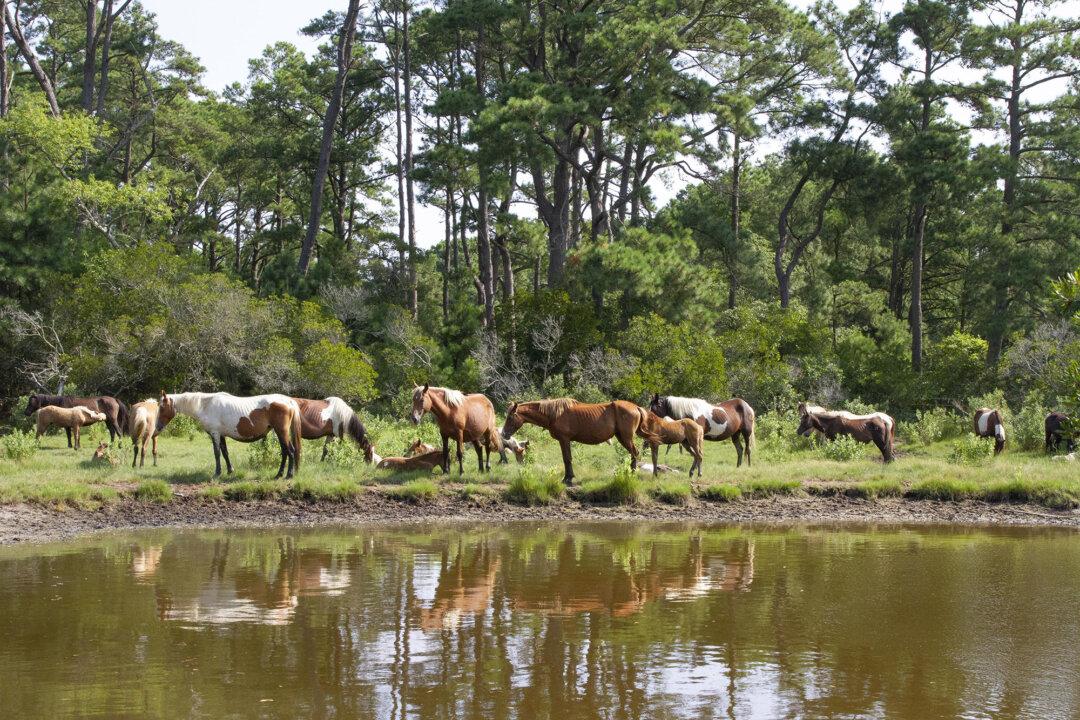Florida’s manatees gently glide through the state’s rivers and along coastal beaches like great grey footballs, endearing themselves to residents and tourists alike.
The half-ton whiskery mammals are celebrated throughout the state on T-shirts, license plates, and with huggable stuffed toys in their likeness.





